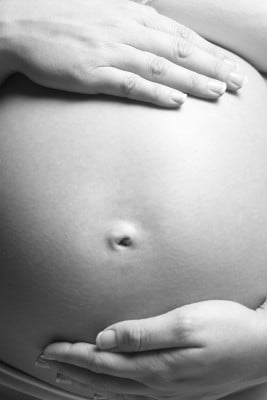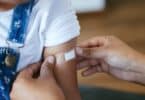Women above the age of 35 who wish to become mothers, may go to any lengths to fulfill their wish and with treatments like IVF easily accessible, the number of baby births at this age has only increased. But British scientists caution that high intensity IVF treatments might be counterproductive and result in health complications like Down’s syndrome in babies.
Most women trying to become mothers after the age of 35 are given high dosage of drugs to encourage their ovaries to produce large quantities of eggs. The treatment is done to increase the chances of pregnancy by getting more ‘choices’ of a good egg needed for fertilization.
But now it has been found out that while the quantity of the eggs is increasing, the quality is reduced and this may eventually reduce the chances of a healthy baby.
The scientists, led by Prof Alan Handyside of the London Bridge Fertility, Gynaecology and Genetics Centre found that the high doses of follicle stimulating hormone (FSH) may lead to genetically faulty eggs that have chromosomal abnormalities. The chromosome fault in the fertilized egg may later lead to health problems in babies such as Down’s syndrome or Edward’s syndrome.
What is a more common result is the embryo dying very early in pregnancy leading to miscarriage.
While cells in the human body have 46 chromosomes, the egg and the sperm have 23 so that when the fertilization occurs, the two sets combine to again have 46 chromosomes.
In sex cells that have 46 chromosomes, it is through the process of meiosis that the two sets of 23 chromosomes are broken. But sometimes the breaking apart may not occur correctly resulting in uneven number of chromosomes.
This condition is more common in women approaching menopause and therefore, it becomes more difficult to obtain a viable egg during late pregnancy.
What the scientists have found out through the present research is that women who are undergoing IVF treatment show more number of faulty splitting of the chromosomes than others. The researchers studied the cells ejected by eggs called polar bodies of 100 eggs from 34 women above the age of 40. They found that 55 percent of the error occurred during meiosis at ovulation and 45 percent occurred during meiosis at fertilization.
“This suggests that the stimulation process to maximise the number of eggs you get, may be causing some of these abnormalities, because this pattern is different from normal pregnancy. The stimulation process may be triggering more errors,” explained Prof Handyside.
Although the study did not prove directly if the FSH were responsible for the anomalies, the professor stressed that that was the worry.
Stuart Lavery, a consultant gynaecologist at Hammersmith and Queen Charlotte’s hospitals, commented, “Some of the chromosomal abnormalities might be treatment-related and some of the drugs that we are administering might be having an effect on the eggs.”
He also pointed out that it was for this very reason that clinics were now adopting the that approach called mild [ovarian] stimulation, without as he put it having to “drive the ovaries quite hard”.
Tony Rutherford, chairman of the British Fertility Society said that it was fairly common for women to be given FSH to increase their egg quantity if they were above 35 years of age. He also added that if the treatment failed once, the dosage was usually increased with a 39 year old receiving three times the dose of a 30 year old.
He also said that mild stimulation methods might not work for these women.
Though IVF has made the dream of a baby possible for many women, it is not without its risks. Women need to understand the pros and cons well in advance so that they not just have a baby but a very healthy baby.
Related Articles:







